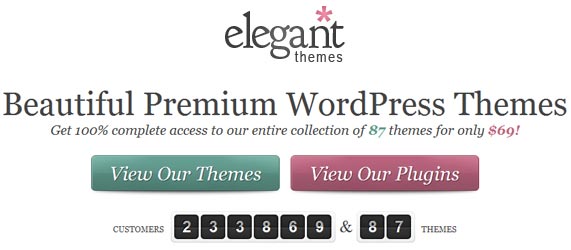How to Choose a WordPress Theme
Choosing a WordPress theme for your website can be a challenge. With thousands of free WordPress themes alone to choose from, trying to decide on your website’s layout and appearance can be overwhelming.
Despite this, there are many benefits with using a WordPress theme. Hiring a professional web developer costs thousands of dollars, and many people don’t have the budget to do this. Using ready-made WordPress themes, you can create a professional-looking website for the fraction of the cost, and without the need for any programming knowledge.
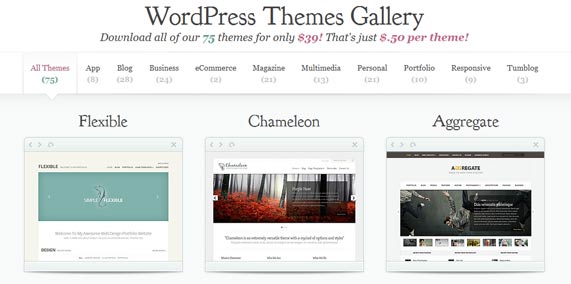
Generally, WordPress themes can be categorized into 3 categories: free themes, premium themes and framework themes.
-
Free themes
Free themes are self-explanatory: install the theme on your website for free and it’s ready to go live.
-
Premium themes
Premium themes usually cost a flat fee of anything between $15 and $200. These are also “out-of-the-box” so once you’ve paid and installed the theme, you only have to tweak the customizable options to suit your website.
-
Framework themes
Framework themes are slightly different. These are themes that give you more choice over the appearance of your website, and don’t require knowledge of HTML or CSS. Framework themes require you to design the website’s appearance yourself, but provide you with tools, such as a drag-and-drop interface, to make the process easier.
Free and premium themes are quicker to set up than framework themes, however free themes tend to be overused, especially among websites in a similar niche. Premium and framework themes tend to look more professional, and provide more flexibility around customization.
When deciding how to choose a WordPress theme for your website, you should consider several factors:
-
What is your website for?
The purpose of your website and the type of content you intend to post will influence the type of theme you choose. When selecting from a choice of themes, you need to have an idea about whether the content is going to consist mostly of blog posts, images, or videos.
The type of website you’re setting up and its audience will also influence the type of theme you choose. The website of an online magazine will have a very difference ambiance and style to that of a corporation, small business, or a local business. As websites within a similar niche tend to use similar or the same themes, you should research other competitor websites and avoid using the same theme as them, otherwise you risk blending in with the crowd!
When thinking about the purpose of your website, you also need to know whether you intend to monetize it and, if so, what methods you might use to do this. For example, if you intend to use Google AdWords at some point in the future, you need to ensure you choose a theme that provides enough space to insert the relevant ads.
As well as thinking about monetization, it’s also important to estimate how your website will grow. Will your theme give you enough space to develop the website, or do your current needs already max out its features? You want to make sure that you choose a theme that gives you the opportunity to expand on the size and functionality of your website in the future.
-
What is your budget?
The cost of themes varies, and while some themes are free, others cost hundreds of dollars. Premium and framework themes require payment, so your budget will also influence what kind of WordPress theme you choose.
Not all themes can be bought outright, some are only licensed temporarily. When choosing a paid theme, pay special attention to whether the theme requires a one-off payment, or whether you will need to renew your license to use the theme annually.
-
What features come with the theme?
A number of features are important in a theme, especially when you are running the website for business purposes. As an experienced blogger and WordPress user, I suggest looking at the following aspects:
SEO
Your theme needs to be SEO friendly to improve your chances of being ranked by the search engines. Features to look out for include the ability to add titles and descriptions to every page and post, as well as visible categories and tags.Layout
You should be able to easily change the layout of your theme to suit your website. A good theme should have a dynamic design, so the layout doesn’t have to be the same for every page.Browser compatibility
You can’t control which browser your readers use to view your website, so you need to make sure that your theme is compatible with every browser available, otherwise you could deter valuable customers.Customization features
Just as you should be able to alter the layout of the page, you should also be able to change other design features, like the color scheme, and the header. Having the ability to do this is crucial for your branding.Widgets
Widgets are portions of code that you can paste into your site to provide extra features, such as a contact form, social media links, recent popular posts, and more. A good theme should have specific areas especially for widgets. Usually this in the sidebar, but it can also be elsewhere on the page, such as the footer. -
Customer reviews
Many themes will give you the option to try before you buy, and take a tour of the theme’s control panel where you can check out the customization options, features, and what your site would look like.
As with many trials, however, you’ll never truly know what kind of experience you’ll have with your theme until you’ve purchased it and can use it in full. Therefore, it’s important to look at other customers’ reviews of a theme, especially if you plan to pay for it.
Even if the website offering the theme doesn’t provide customer reviews, you can still look for customer comments and evaluations through a search on the search engines.
WordPress Theme Resources
Several websites specialize in providing free and premium WordPress themes. Let’s discuss a few of the most popular ones which I personally recommend.
Elegant Themes
Elegant Themes is a membership website that gives you access to 87 beautiful themes for a one-off payment of $69. Included in the membership fee, the website also offers a series of plugins that make your website mobile-friendly, and if your website is still under construction, you can easily put up a “coming soon” page.
WooThemes
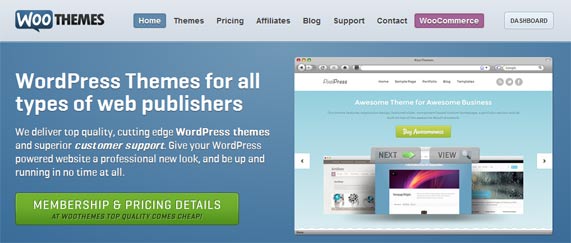
WooThemes sell individual themes for $70, or offer unlimited themes for a monthly subscription. They offer a wide range of really good WordPress themes, and full support for customers!
Themeforest
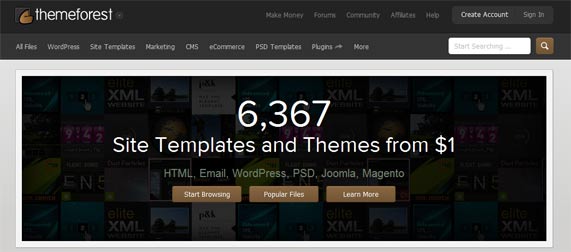
Themeforest offer an array of WordPress and online business-related products, including website templates, landing page and email templates, and a range of themes for e-commerce software too. Each theme is priced individually, and can cost between $1 and $90.
Headway
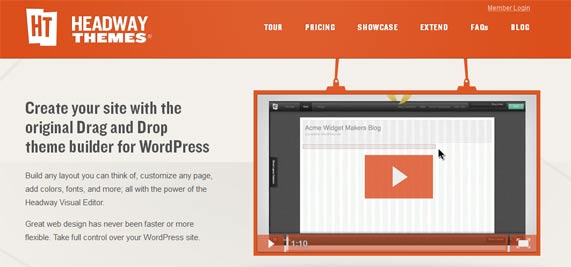
Headway is one of the most popular framework themes available, and allows you to create your own customized template using a drag-and-drop method. A single license starts at $87.
Editor’s Notes
Choosing a WordPress theme might seem like a quick and easy job, but as you can see you need to take several factors into consideration before selecting a theme, especially if you are running a business or e-commerce website. If you don’t have a lot of time to spend on tweaking your theme, a free or premium theme is ideal as it is quick to set up and launch. If you have more time and want more ability to customize your website, however, a framework theme might be worthwhile. We will talk more about framework themes in a future article.
Out of all the premium themes I have tested, used and came across before, Elegant Themes is still my favorite choice. Their themes have a lot of nice features and the best part is that all their themes are very affordable – it only costs you a one time payment of $69 to have access to as many as 87 high quality premium themes!
Ultimately, choosing a theme is similar to choosing wallpaper for an apartment: it doesn’t have to last forever. It’s important to find something you can live with in the near future, but if you find you’ve outgrown your theme at any stage, you can also upgrade to something that suits your website better.
